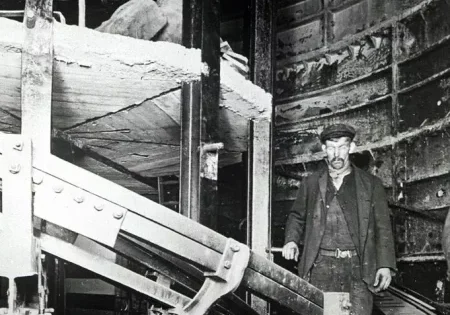With the help of two high-rise elevators, an unconventional expedition to Mount Everest took place in Warsaw, Poland, this spring. After three years and a change in location, the Everest Run gave participants an opportunity to “reach the summit” of this storied mountain by climbing 39 stories of the Skyliner building 56 times over the course of 24 h. Here’s where the elevators come in: After each ascent to the building’s top floor, the KONE MiniSpace™ units took runners back to the lobby, so they could begin again.

The Skyliner office building, owned by development company Karimpol Group and located in Warsaw’s Woal district, hosted the charity event, which serves as a major fundraiser for the RK Rescue Support Foundation. Recent work by the Foundation includes supporting emergency medical evacuation of children, infants and newborns from war-torn Ukraine to Poland. Karimpol Polska Executive Director Szymon Zdunczyk said that the Skyliner is the “perfect place to organize this type of event,” commenting that its height and internal infrastructure made it possible for more than 400 people to participate in the run.
A total of 21 elevators serve the Skyliner, and two high-speed units in the high-rise group are essential to the Everest Run. Traveling at 7 m/s, the elevators descended 150.9 m, returning the runners to the lobby in 31 s flat. Over the 24 h race period, the two KONE MiniSpace units, programmed to serve only floors 0 and 39, made exactly 2,952 trips up or down with an average of over 60 launches per hour. Director of the RK Rescue Support Foundation Michał Janas commented on the impact the efficient operation and speed of the elevators had on this years’ race, saying: “The competitors were faster even by a few hours … a greater percentage of the starters reached the summit of Everest.” Volunteer “sherpas” were assigned to the elevator area to ensure the cabins weren’t overloaded by a crowd of runners. Janas said that “nothing of the sort happened, and the players caught themselves on the second lift at worst.” Eventually, volunteers were withdrawn from this post entirely.

The number of trips the elevator made during the competition was almost four times higher than the average during the workday. The nature of the Everest Run made it possible for the elevators to generate more energy than they used. “Due to the fact that they will go up empty and down loaded, they will give more electricity to the building during their operation than they consume during this time,” explained KONE Regional Director Wojciech Maciejewski. “This is the effect of the difference in weight between the cabin and the counterweight and the operation of modern regenerative drives.” The average load on the lift during the competition was more than 35%, resulting in energy consumption of less than 1.5 kWh per elevator, per hour. Together, the two elevators used only slightly more energy than a 2,500-W oven would, if operating for the same time.
The two KONE MiniSpace lifts did not experience any operational problems or send any automatic service requests during the 24-h event. KONE had maintenance technicians on standby at the building, but they had no reason to act. The fire lift, available as a backup, was not needed either. When the competition concluded, the technicians reintegrated the elevators into their group, returning them to regular operation.
Get more of Elevator World. Sign up for our free e-newsletter.










